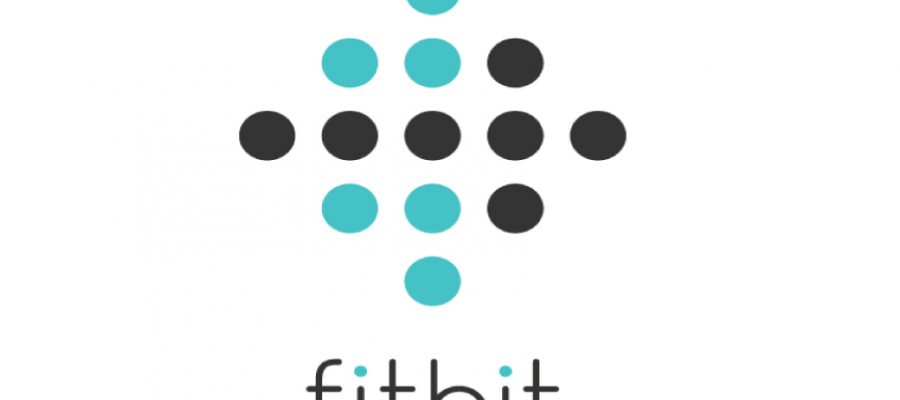Fitbit (FIT) Stock Chart Analysis
 This Fitbit (FIT) stock chart update will focus on its possible recent bottoming activity I noticed while watching its charts for a few days. This possible bottoming process comes after a long, protracted downtrend.
This Fitbit (FIT) stock chart update will focus on its possible recent bottoming activity I noticed while watching its charts for a few days. This possible bottoming process comes after a long, protracted downtrend.
FIT’s share price has been in the downtrend since not too long after its IPO in June 2015. Not long after its IPO, Fitbit’s (FIT) share price reached its all-time high of $51.90.
Since FIT’s all-time high, it has been a slow and steady downtrend. The downtrend has been nothing short of extremely painful if you have been long the stock. Last week, FIT’s share price hit a low of $5.31 before reversing and developing into a Bullish Engulfing candlestick pattern.
A Bullish Engulfing candlestick pattern is a bullish reversal candlestick pattern, meaning that the downtrend that FIT’s share price has been in may be close to over or possibly even over already.
FIT’s share price may be setting up for a rebound trade. The rebound could almost double FIT’s share price from its current levels. But this trade does not come without great fundamental risk. FIT is not consistently cash flow positive and if it needs to raise any additional capital, low share prices do not help any secondary offerings.
Let’s take a look at that Bullish Engulfing candlestick pattern and any other indicators on FIT’s charts.
FIT – Bottoming Process
This chart will look at the bottoming process that appears to be happening with Fitbit (FIT). I threw FIT out as a quick trading opportunity that I saw setting up in the Idea Chamber last week. This is a 2 year weekly candlestick chart that actually captures all of FIT’s activity since its IPO.
A Bullish Engulfing candlestick pattern developed last week, but that candlestick pattern was not on buying volume that was heavier than the previous candlestick’s volume. Since there is not a volume confirmation, it is best to then wait and see if FIT’s share price makes a higher high or a lower low this week as compared to last week.
One very bullish indicator to me is that FIT’s share price has reached its Golden Ratio for its longer-term and shorter-term downtrends. The black Fibonacci Extension Tool calculates the longer-term downside price targets while the red tool calculates its shorter-term downside price targets. The Golden Ratio, a common measurement area, for both the shorter and longer-term downtrends has been reached.
The MACD Histogram indicates that there has been accumulation of shares down at these price levels. A slow and steady rising MACD histogram like that indicates accumulation. But just because there is accumulation does not mean that[s2If !current_user_can(access_s2member_level1)]………..
If you want to continue reading this article for Fitbit (FIT), you must first login.
If you are not a Trendy Stock Charts member, consider subscribing today! There are several different membership plans to chose from.[/s2If][s2If current_user_can(access_s2member_level1)] the share price is ready to rebound. The “accumulation” can also be some short sellers that are finally covering at lower prices.
FIT – Southern Doji Candlestick Pattern
This is a 2 year monthly candlestick chart with 2 different Fibonacci Retracement Tools overlaid on it. The black tool is the longer-term analysis while the green tool provides the shorter-term analysis. The Fibonacci Retracement Tools were used to calculate a 38.2% retracement of the previous downtrend.
I placed the Fibonacci Retracement Tools on the chart where Anchor Point #2 for both tools terminates at the Southern Doji candlestick pattern. A Southern Doji candlestick pattern is a possible bullish reversal candlestick pattern.

Analyzing a Monthly Candlestick Stock Chart Using Fibonacci Retracement Tools to Estimate Rebound Areas for the Southern Doji Candlestick Pattern
Even though the Southern Doji candlestick pattern developed on volume that was heavier than the previous month’s volume, it would still be less risky to enter into the trade until the Doji candlestick pattern is confirmed. A confirmation would involve FIT’s share price making a higher high in April 2017 as compared to March 2017. That would mean printing a $6.41 or higher.
If FIT’s share price has bottomed and starts to rebound early in April, use the green 38.2% Retracement Line as the possible overhead price target. That is the $9.84 price level.
Fitbit (FIT) – Summary
Since the Golden Ratios of Fit’s longer-term and shorter-term downtrends have been reached and bullish reversal candlestick patterns have been noted, FIT’s share price may be setting up for a rebound trade. The rebound could almost double FIT’s share price from its current levels.
But this trade does not come without risk. Attempting to catch a stock on a rebound after a long downtrend is a difficult task. FIT has shown signs of life while floundering below the $6 price level, but it definitely has not shown concrete evidence that a rebound has ensued.
Consider putting FIT on your watchlist. Watch to see if March 2017’s Bullish Engulfing candlestick pattern is confirmed with a higher high in April 2017. If so, longer-term value investors may consider making a scale-in purchase at that point. Shorter-term traders could also do well by purchasing any dips to go long at that point.
As FIT’s price action develops over the next week or two, drop in the Idea Chamber and ask for an update on the stock if it is of interest.
In the meantime, good luck trading!
[/s2If]
















Ask a Question. Make a Comment. Leave a Reply.